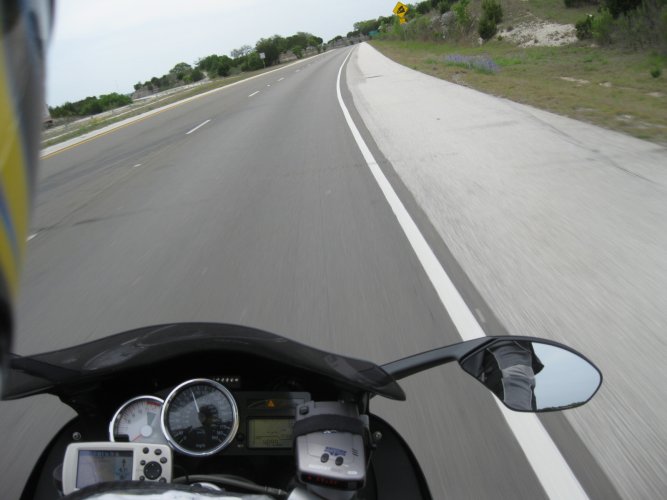88bmwjeff
SF Bay Area
I have a question regarding the miles to empty on my 2018 R1200 GS. The manual says there's 5.3 usable gallons of gas and 1.1 gallons of reserve. After filling up, the range to empty is about 165 miles, which would equate to an MPG of ±31 if based on the 5.3 usable gallons. If you exclude the 1.1 gallons of reserve, there's 4.2 gallons of gas, and if this amount is used the MPG would be around 39. The bike indicates I'm getting around 42-43 MPG, and the range to empty would be ±225 miles if based on the 5.3 usable gallons. Oddly, the miles to empty plus the trip meter (which is the miles since I've gassed up) slowly increases to over 200 as I get down to about a 1/4 tank.
My question is this. How is the bike estimating the range to empty? I've looked through the Rider's Manual, but this is not explained. It would make some sense to have the range excluding the reserve as an extra precaution to avoid running out of gas, but I wish BMW would be up front about it.
My question is this. How is the bike estimating the range to empty? I've looked through the Rider's Manual, but this is not explained. It would make some sense to have the range excluding the reserve as an extra precaution to avoid running out of gas, but I wish BMW would be up front about it.

